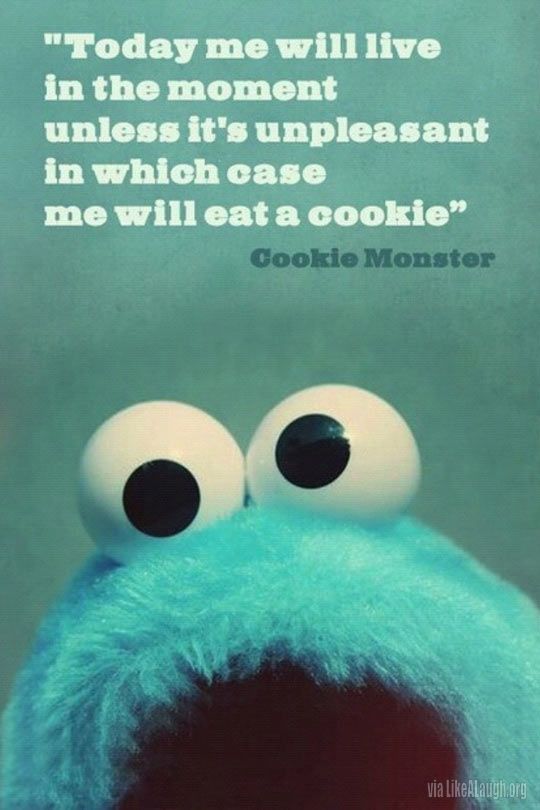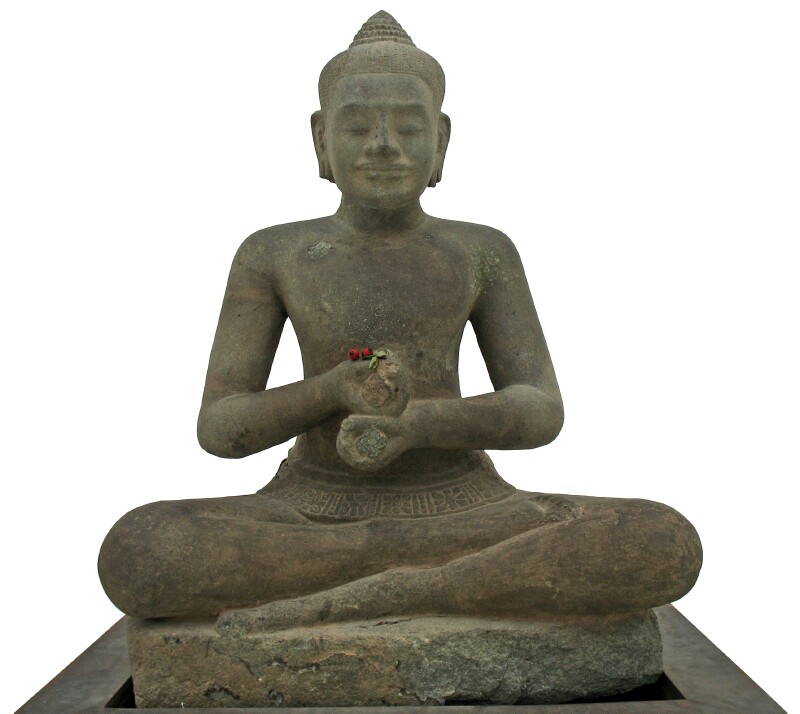DBT Skill of the Day: Practicing A Nonjudgmental Stance
What are judgments?
- Describing things as good or bad, valuable or worthless, smart or stupid, terrible or wonderful, beautiful or ugly, etc.
- Describing how things “should” or “shouldn’t” be
- Describing by comparing or contrasting
Usefulness of judgments?
- They allow for quick descriptions by creating simple categories
- They are fast, short hand for describing preferences and consequences
Problems with judgments?
- They often distract from reality (judgments may replace facts; when we judge we often stop observing)
- They tend to feed negative emotions (anger, guilt, shame)
- Positive judgments are fragile: anything judged “good” can also be judged “bad”
Steps for letting go of judgments
- Practice noticing judgments. Keep a count of judgments.
- Ask yourself, “Do I want to be judging?” “Is the judging helping or hurting me?”
- Replace judgments with:
- Statements of preference: “I like…” “I prefer…” or “I wish…”
- Statements of consequences: “This is helpful/harmful for…”, “This is effective/ineffective for…”
- Statements of fact: “This thing happened in this way, at this time…”
- Practice accepting what is (facts, preferences, consequences) and letting go of the judgments. Let the judgments drift away.
- Remember not to judge your judging!



